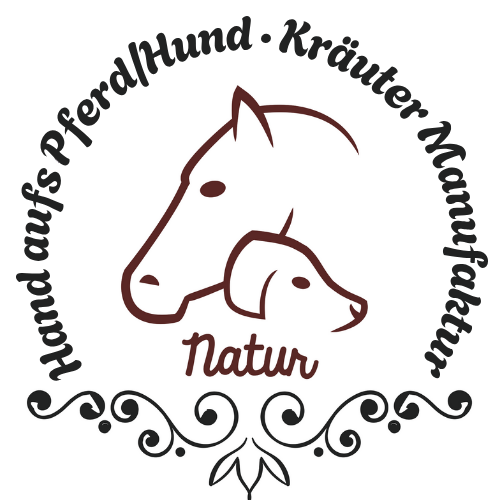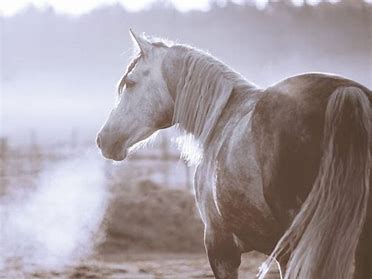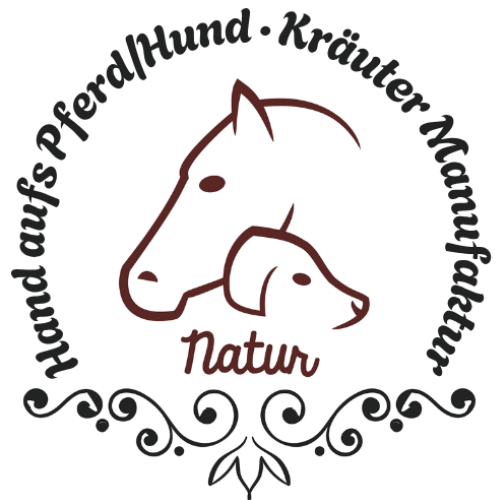Horses are fascinating athletes with a highly specialized respiratory system. Their airways are not only responsible for the body's oxygen supply, but also crucial for performance, well-being, and health. Healthy airways play a key role, especially in sport horses – but leisure horses can also suffer from respiratory diseases. In this blog post, we take a closer look at the structure of the horse's airways, their function, as well as typical diseases and preventative measures.
Anatomy of the respiratory tract in horses
The respiratory tract can be divided into two main sections: the upper and lower respiratory tract.
Upper respiratory tract
The upper respiratory tract includes:
- Nasal cavities : Horses are obligate nasal breathers—they breathe exclusively through their noses. The nasal passages are narrow and lined with mucous membranes that moisten, warm, and filter the air.
- Nasopharynx : The area behind the nasal cavity that carries the air we breathe to the larynx.
- Larynx : It controls air flow and protects the lower airways during swallowing.
-
Air sac (diverticulum tubae auditivae) : A unique feature in horses. These air-filled protrusions connect to the Eustachian tube and are thought to play a role in pressure regulation and cooling of the brain.
Lower respiratory tract
They consist of:
- Trachea : A stable airway that leads from the larynx to the bronchi.
- Bronchi and bronchioles : branches of the trachea that carry air to the lungs.
- Lungs : This is where the actual gas exchange takes place – oxygen enters the blood, carbon dioxide is exhaled.
An adult horse has an impressive lung capacity of approximately 55 liters. At a gallop, a horse can reach up to 140 breaths per minute, with breathing and stride synchronized (1:1 coupling).
Function of the respiratory tract
The primary function of the respiratory system is gas exchange : Oxygen from the inhaled air enters the bloodstream via the alveoli, while carbon dioxide—a metabolic waste product—is exhaled from the blood. In addition, the respiratory tract also fulfills protective functions :
- Filtration of dust, pollen and microorganisms through cilia and mucous membrane
- Heating and humidification of the air
- Immune defense through specialized cells in the mucous membrane
Common respiratory diseases
Horses are susceptible to various respiratory diseases. These can be roughly divided into infectious and non-infectious diseases.
Infectious diseases
- Equine influenza : Highly contagious, characterized by fever, cough, and nasal discharge.
- druse (Streptococcus equi) : Purulent inflammation of the lymph nodes, particularly dangerous in stable communities.
- Viral and bacterial bronchitis : Common in young horses or caused by drafts and stress.
Non-infectious diseases
- Equine asthma (formerly COB or RAO) : Chronic, allergic respiratory disease caused by dust, mold spores or pollen.
- Laryngeal whistling (laryngeal paralysis) : This occurs primarily in large-framed horses. Nerve paralysis leads to breathing noises and reduced performance.
- Pulmonary hemorrhage (EIPH) : Particularly common in racehorses under intense exercise. Small hemorrhages in the lungs can lead to coughing and decreased performance.
-
Damping: Stuffiness is considered the end stage of chronic lung disease – usually the result of long-standing, untreated or poorly managed equine asthma.
Symptoms of respiratory diseases
Early signs should not be ignored:
- Cough , especially when trotting
- nasal discharge (clear, purulent or bloody)
- Decreased performance , shortness of breath, rapid fatigue
- Sounds when breathing (whistling, wheezing)
- Increased Respiratory rate at rest
Prevention and management
Many respiratory diseases can be prevented through good management:
Stable climate
- Low-dust bedding : e.g. shavings, flax straw or special pellets
- Good ventilation without drafts
- Regular mucking out to reduce ammonia and fungal spores
Feeding
- Wet or steamed hay : Reduces dust and germs
- Haylage as an alternative, especially for sensitive horses
Exercise and training
- Regular exercise promotes lung function and strengthens the immune system.
- Avoid overexertion – especially in young or untrained horses.
Vaccinations and hygiene
- Vaccinations against influenza and herpes virus
- Quarantine for new arrivals in the stable
- Disinfection of transporters and stable boxes
Conclusion
The horse's respiratory system is a sensitive and powerful system. Even minor disturbances can have a massive impact on health and performance. A good stable climate, low-dust conditions, regular veterinary checkups, and early treatment of symptoms are crucial for lung health. Those who carefully monitor their horses and focus on prevention can effectively prevent many problems and ensure free breathing – the foundation for a healthy, high-performance horse.
Source: Martina Hemm January 2025


